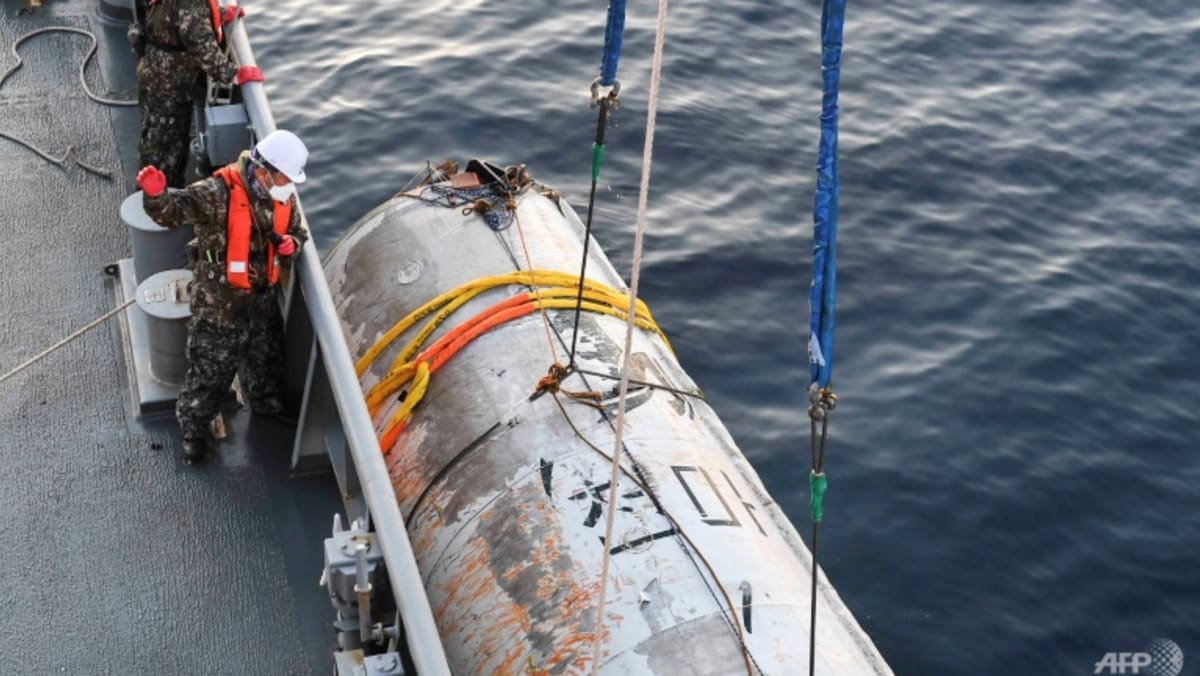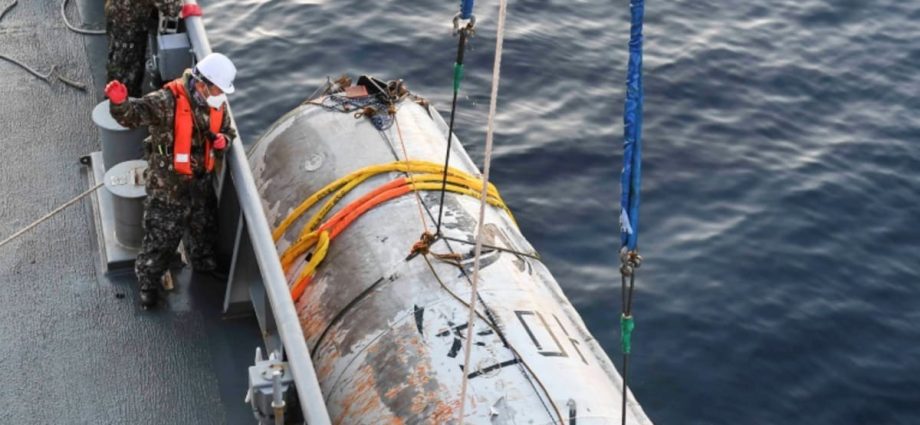
Chang Young-keun, a professor at Korea Aerospace University, said the debris would also offer hints at the technical progress made by North Korea on its intercontinental ballistic missile (ICBM) capability and whether it had procured any components overseas in a potential breach of sanctions.
“This is important data,” Chang said.
The May 31 launch was slammed by the United States, South Korea and Japan, saying it violated UN resolutions barring the nuclear-armed country from any tests using ballistic missile technology.
Analysts have said there is significant technological overlap between the development of intercontinental ballistic missiles and space launch capabilities.
Seoul has been working for the last two weeks to recover the wreckage of the space rocket, as the debris could help scientists gain insight into Pyongyang’s ballistic missile and satellite surveillance programmes.
North Korea vowed after the May 31 failure that it would successfully launch its spy satellite soon.
Pyongyang has previously claimed its military spy satellite is necessary to counterbalance the growing US military presence in the region.
On Friday, the US guided-missile submarine USS Michigan arrived in South Korea for the first time since 2017 for joint special warfare exercises aimed at improving responses to North Korean threats, the South Korean navy said.
North Korea fired two short-range ballistic missiles on Thursday, shortly after it warned of an “inevitable” response to ongoing US-South Korea joint military drills.
Relations between the two Koreas are at one of their lowest points in years, with diplomacy stalled and North Korea’s leader Kim Jong Un declaring his country an “irreversible” nuclear power, as well as calling for ramped-up weapons production, including of tactical nukes.

